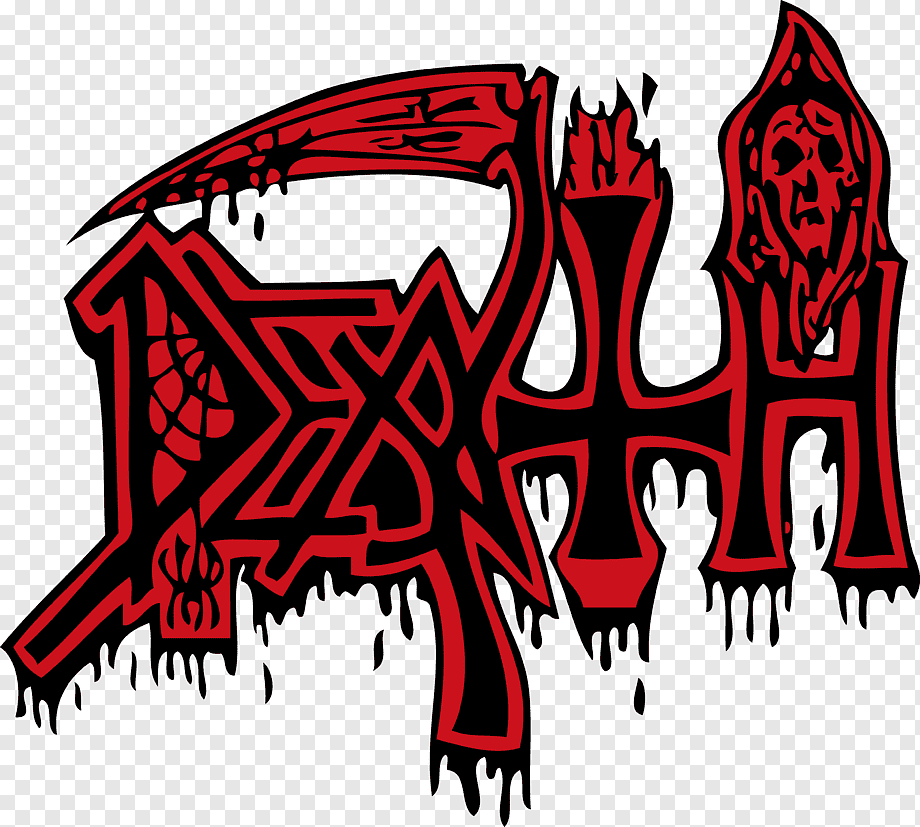

Thank you for this, going to check out the rest of their stuff


Thank you for this, going to check out the rest of their stuff
For smaller backups <10GB ea. I run a 3 phased approach
These scripts run on the cron service and I log this info out to a file using --log-file option for rsync/rclone so I can do spot checks of the results
This way I have access to the data locally if the network is down, remotely on a different networked machine for any other device that can browse it, and finally an offsite cloud backup.
Doing this setup manually through rsync/rclone has been important to get the domain knowledge to think about the overall process; scheduling multiple backups at different times overnight to not overload the drive and network, ensuring versioning is stored for files that might require it and ensuring I am not using too many api calls for B2.
For large media backups >200GB I only use the rclone script and set it to run for 3hrs every night after all the more important backups are finished. Its not important I get it done asap but a steady drip of any changes up to b2 matters more.
My next steps is to maybe figure out a process to email the backup logs every so often or look into a full application to take over with better error catching capabilities.
For any service/process that has a backup this way I try and document a spot testing process to confirmed it works every 6months:
Extortion is when corporations have to pay for the services they consume